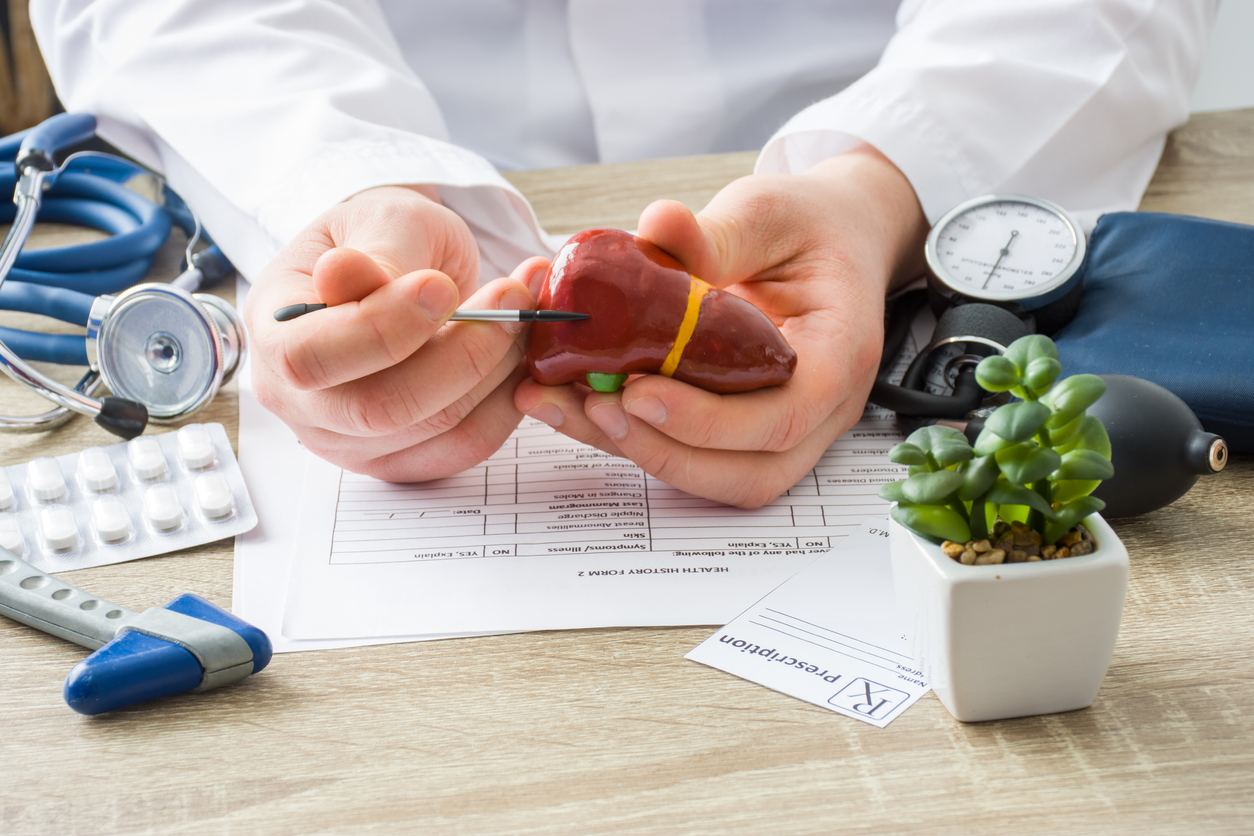
The Truth About Alcoholic Liver Disease
Alcohol has long been touted as a way to relax and socialize, but what many people don’t know is how damaging it can be for the body when consumed in excess. One of the most prominent health risks associated with alcohol consumption is alcoholic liver disease, which can be caused by heavy drinking over an extended period of time. This condition can range from minor inflammation to severe complications that damage the liver’s ability to function properly – and understanding these potential perils is crucial if you are someone who regularly drinks. To help you make an informed decision about your own drinking habits and safety, this blog post will explore exactly what alcoholic liver disease entails – unveiling both its symptoms and its treatment options so that you’ll have all the necessary knowledge at hand!
What is alcoholic liver disease, and how does it develop?
Alcoholic liver disease is a condition caused by excessive consumption of alcohol over a long period of time. As the consumption continues, the tissue of the liver becomes scarred and inflamed, leading to cirrhosis which can cause permanent scarring and disrupt many vital functions of the body. Symptoms might include abdominal pain, fatigue, weight loss, nausea, appetite changes, and jaundice. Treatment typically requires abstinence from alcohol with medication as well as lifestyle modifications such as healthy eating habits and regular exercise. Treatment can be more successful when it is done early rather than late in the course of the disease, so it’s important to be aware of any symptoms or changes that could indicate advancing alcoholic liver disease.
The signs and symptoms of alcoholic liver disease
Alcoholic Liver Disease, also known as Alcoholic Hepatitis or Alcoholic Steatosis, is a type of liver disease caused by excessive alcohol consumption over an extended period of time. It can cause a range of symptoms, from mild fatigue to significant problems such as jaundice, bleeding from veins in the digestive tract, and permanent scarring of the liver (cirrhosis). Other common symptoms include pain or discomfort in the abdomen area, discolored urine, and pale stools. Alcoholic liver disease can be fatal if left untreated; however, it can be successfully treated with lifestyle changes such as reducing alcohol intake and maintaining a healthy diet. To determine the severity of the condition and make an informed decision about treatment options, it is important for a healthcare professional to assess the patient’s current physical health and drinking patterns.
How to prevent alcoholic liver disease from developing
Alcohol is the leading cause of alcoholic liver disease, so it is important to understand the symptoms associated with it in order to prevent its development. The most common signs of alcoholic liver disease include jaundiced skin, abdominal pain and swelling, fatigue, and blood-clotting issues. If you experience any of these symptoms, then it is important to seek medical attention as soon as possible in order to obtain the appropriate diagnosis and treatment plan. Avoiding or limiting your alcohol intake is also essential for preventing alcoholic liver disease from developing, so taking steps toward maintaining moderation is paramount for long-term health implications.
The treatment options for alcoholic liver disease
Alcoholic Liver Disease is a serious and progressive liver condition that can cause irreparable damage if it is not managed properly. Treatment for Alcoholic Liver Disease typically focuses on two primary goals: reducing the consumption of alcohol and preventing further damage to the body. The most common treatment options focus on pharmacological therapies, such as medications used to reset the metabolic functions in the liver and reduce nausea, as well as lifestyle treatments like dietary changes or physical activity regimens. Beyond improving these general health factors, Alcoholics Anonymous (AA) is commonly used to help Alcoholic Liver Disease patients manage their alcohol consumption, which helps reduce its harm to the body’s organs. For more severe cases of Alcoholic Liver Disease, a transplant may be necessary in order to save the patient’s life. All of these treatment options can make a meaningful difference in patient outcomes; however, it is important for Alcoholic Liver Disease patients to have consistent medical supervision throughout their recovery process.
The prognosis for people with alcoholic liver disease
Alcoholic liver disease (ALD) can result from long-term alcohol abuse and can range from simple steatosis, which is a buildup of fatty acids in the liver, to severe cirrhosis. The prognosis for ALD patients will depend on how early they are diagnosed and what treatment they receive. If it is detected early on, many treatments are available to help prevent further damage to the liver and other organs, including lifestyle modifications such as abstaining from alcohol consumption and dietary changes. However, if advanced stages of ALD have occurred, hospitalization may be necessary to treat progressive symptoms with more intense interventions. With proper diagnosis and management, a patient’s prognosis can dramatically improve, but it should be noted that even with successful treatment, it takes time for the liver to heal, and recovery might not be complete.
If you or someone you know has been drinking excessively for an extended period of time, it’s important to be aware of the risks associated with alcoholic liver disease. Heavy drinking can lead to a build-up of fat in the liver, which can eventually lead to liver inflammation and damage. If left untreated, alcoholic liver disease can be fatal. If you think you or someone you know may have a problem with alcohol abuse, please seek treatment. There are many resources available to help people struggling with alcoholism, and seeking help is the first step on the road to recovery.
